Sonus Paradisi
Prytanée, 1640/1772 [Hauptwerk]
Prytanée, 1640/1772 [Hauptwerk]
No se pudo cargar la disponibilidad de retiro
Prytanée, Levasseur-Dangeville Organ (1640, 1772)
The organ case was made in 1638 by Pierre Frileux and Pierre Cornet. In 1640, Ambroise Levasseur was commissioned to build an organ to occupy that lavishly decorated case. In addition to his own work, he used some preexisting ranks and organ parts of unknown origin. The exact stop list of the Levasseur organ is unknown.
Jean Dangeville arrived in December 1772 and lived in the college for six months while working on the organ. He added a second Trompette to the manual and added the echo division among other work. As the result, the instrument then had 30 stops on 4 manuals and pedal.
During 19th century, the instrument underwent various alterations. The complete restoration of the instrument finally occured in 1992-1996. Organbuilders Benoist and Sarelot scrupulously returned the instrument into its baroque state. About 1/3 of the pipes are original, dating from the 17th century.
Presented to you by Leonart Studio, your authorised reseller for Sonus Paradisi in Switzerland (shipped internationally). Get your digitally sampled historical organs for the use with the Hauptwerk virtual instrument software.
Share this Sample Set
![Prytanée, 1640/1772 [Hauptwerk]](http://artful.shop/cdn/shop/files/ss_prytanee1.jpg?v=1692898914&width=1445)
![Prytanée, 1640/1772 [Hauptwerk]](http://artful.shop/cdn/shop/files/ss_prytanee2.jpg?v=1692898913&width=1445)
![Prytanée, 1640/1772 [Hauptwerk]](http://artful.shop/cdn/shop/files/ss_prytanee3b.jpg?v=1692898914&width=1445)
![Prytanée, 1640/1772 [Hauptwerk]](http://artful.shop/cdn/shop/files/ss_prytanee3c.jpg?v=1692898915&width=1445)
![Prytanée, 1640/1772 [Hauptwerk]](http://artful.shop/cdn/shop/files/ss_prytanee4.jpg?v=1692898913&width=1445)
![Prytanée, 1640/1772 [Hauptwerk]](http://artful.shop/cdn/shop/files/ss_prytanee5.jpg?v=1692898914&width=1445)
![Prytanée, 1640/1772 [Hauptwerk]](http://artful.shop/cdn/shop/files/ss_prytanee6.jpg?v=1692898915&width=1445)
![Prytanée, 1640/1772 [Hauptwerk]](http://artful.shop/cdn/shop/files/ss_prytanee7.jpg?v=1692898914&width=1445)
![Prytanée, 1640/1772 [Hauptwerk]](http://artful.shop/cdn/shop/files/ss_prytanee8.jpg?v=1692898915&width=1445)
![Prytanée, 1640/1772 [Hauptwerk]](http://artful.shop/cdn/shop/files/ss_prytanee9.jpg?v=1692898913&width=1445)
![Prytanée, 1640/1772 [Hauptwerk]](http://artful.shop/cdn/shop/files/ss_prytanee10.jpg?v=1692898914&width=1445)
![Prytanée, 1640/1772 [Hauptwerk]](http://artful.shop/cdn/shop/files/ss_prytanee11_ad0cf650-5a11-4438-abe9-c57d0a352d06.jpg?v=1692898912&width=1445)
Specification (stop list)
-
Manual I
Positif C–c3 [f3]
Bourdon 8'
Prestant 4'
Flute a biberon 4'
Nasard 2 2/3'
Doublette 2'
Tierce 1 3/5'
Larigot 1 1/3'
Fourniture III
Cymbale II
Cromorne 8' -
Manual II
Grand Orgue C–c3 [f3]
Bourdon 16'
Montre 8'
Bourdon 8'
Prestant 4'
Flute 4'
Doublette 2'
Quarte 2'
Nazard 2 2/3'
Tierce 1 3/5'
Flageolet 1'
Fourniture IV
Cymbale III
Cornet V
Trompette 8'
Clairon 4'
Voix humaine 8' -
Manual III
Récit c1–c3 [f3]
Cornet V -
Manual IV
Echo c0–c3 [f3]
Bourdon 8'
Prestant 4'
Cornet III
Cromorne 8' -
Pedal
Pédale C–d1 [f1]
Flute 8'
Flute 4'
Trompette 8'
Clairon 4' -
Other specification
Couplers:
Pos/GO
GO/Ped.
Accessories:
Tremblant doux
Tremblant fort
History
Prytanée, Levasseur-Dangeville Organ (1640, 1772)
The church of St. Louis was dedicated in 1621 as a part of a college founded by Jesuits for the education of the domestic servants of the king and queen. Later, it became a famous French military college. Among many other outstanding scholars, René Descartes studied there.
The organ case was made in 1638 by Pierre Frileux and Pierre Cornet. In 1640, Ambroise Levasseur was commissioned to build an organ to occupy that lavishly decorated case. In addition to his own work, he used some preexisting ranks and organ parts of unknown origin. The exact stop list of the Levasseur organ is unknown.
Jean Dangeville arrived in December 1772 and lived in the college for six months while working on the organ. He added a second Trompette to the manual and added the echo division among other work. As the result, the instrument then had 30 stops on 4 manuals and pedal.
During 19th century, the instrument underwent various alterations. By 1927, when the organ was inspected, its stoplist differed substantially from the 18th century specification. Among other items, the Grand Orgue had a Salicional, the Positif had an Oboe, the Récit and Echo were completely removed.
Between 1935-1963, the Gonzales organ building company made several repairs to the instrument, returning it in some aspects to its original condition. The complete restoration of the instrument finally occured in 1992-1996. Organbuilders Benoist and Sarelot scrupulously returned the instrument into its baroque state. The voicing was executed by Jean-Pierre Conan. About 1/3 of the pipes are original, dating from the 17th century. The original pitch of a= 392 Hz was restored, and the organ was tuned in a mild unequal temperament similar to that of Werckmeister III.
Features
The samples are offered in 48kHz/24bit resolution. The multiple releases have three levels: short, mid and long. Hauptwerk v4.2 and higher supported. The sample set is offered in plain wave format.
Reverb time
The reverb time is ca. 5.5 seconds.
Keyboards, pedalboard
The original compass of the keyboards is 49 keys (C, c3), the low C# missing. A dedicated mixer switch in Hauptwerk allows for expanded the compass to 54 (f3) keys virtually. The original compass of the pedal division is 27 keys (C-d1), extended to f1 in the sample set. Trompette and Clairon in pedal offer the Ravalement, i.e. the low C# sounding the contra A.
Tremulants
All ranks were recorded with the Tremulant for the most convincing tremulant behavior. The ranks are marked "tremmed" in the rank description.
Surround format
The sample set is offered in the Surround variant (8 channels). There are front-direct (semi-dry) channels, featuring the sound of the organ immediately in front of the organ case. The diffuse and the distant perspectives captured the sound in the church, further from the organ. The rear perspectives is designed for the rear speakers of the audio setup (where available). The perspectives can be mixed together freely to achieve any virtual listening position, or used separately - depending on the prefererences of the user. A dedicated "mixing desk" is available in Hauptwerk to mix the sound to the desired level
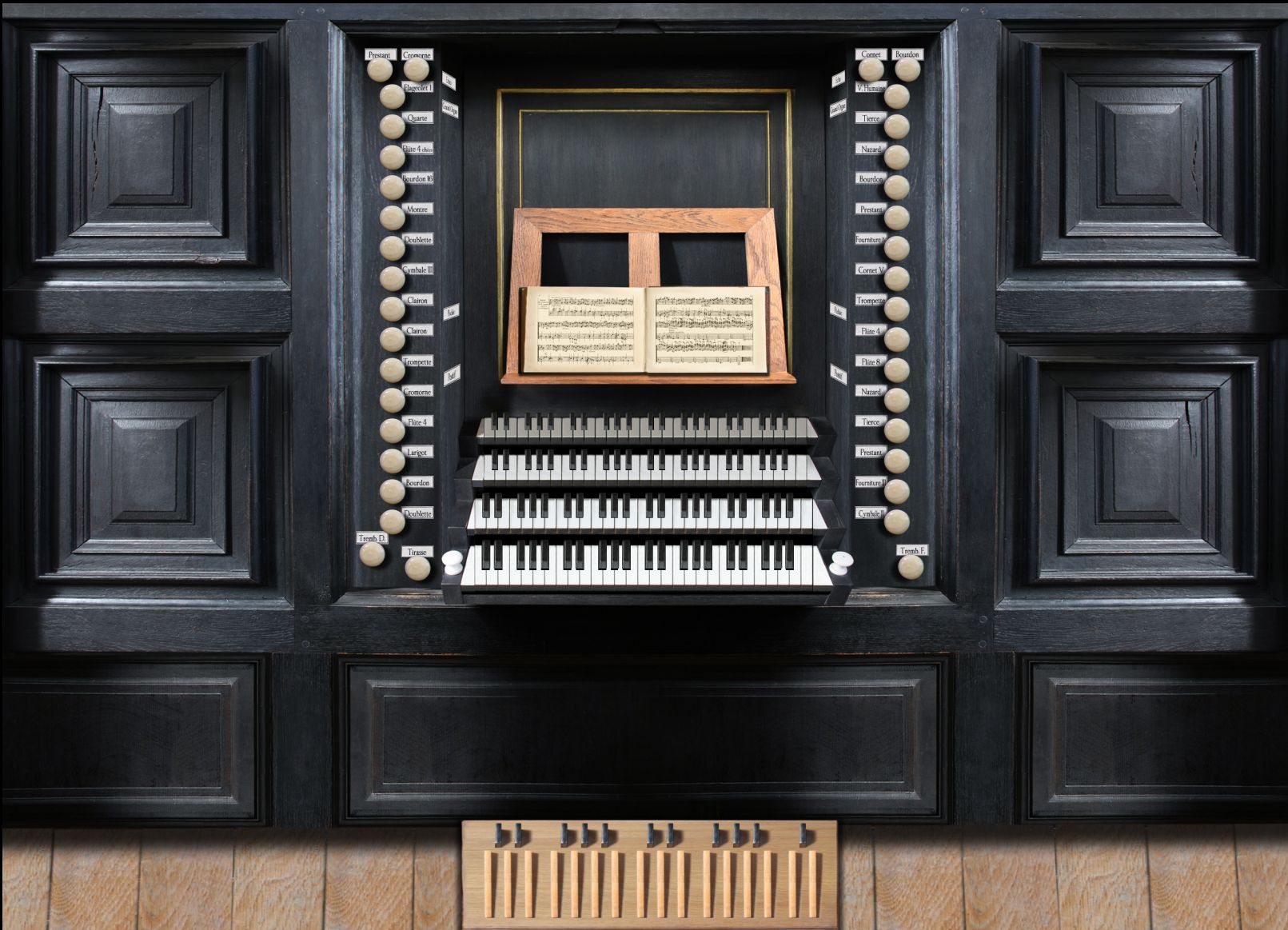
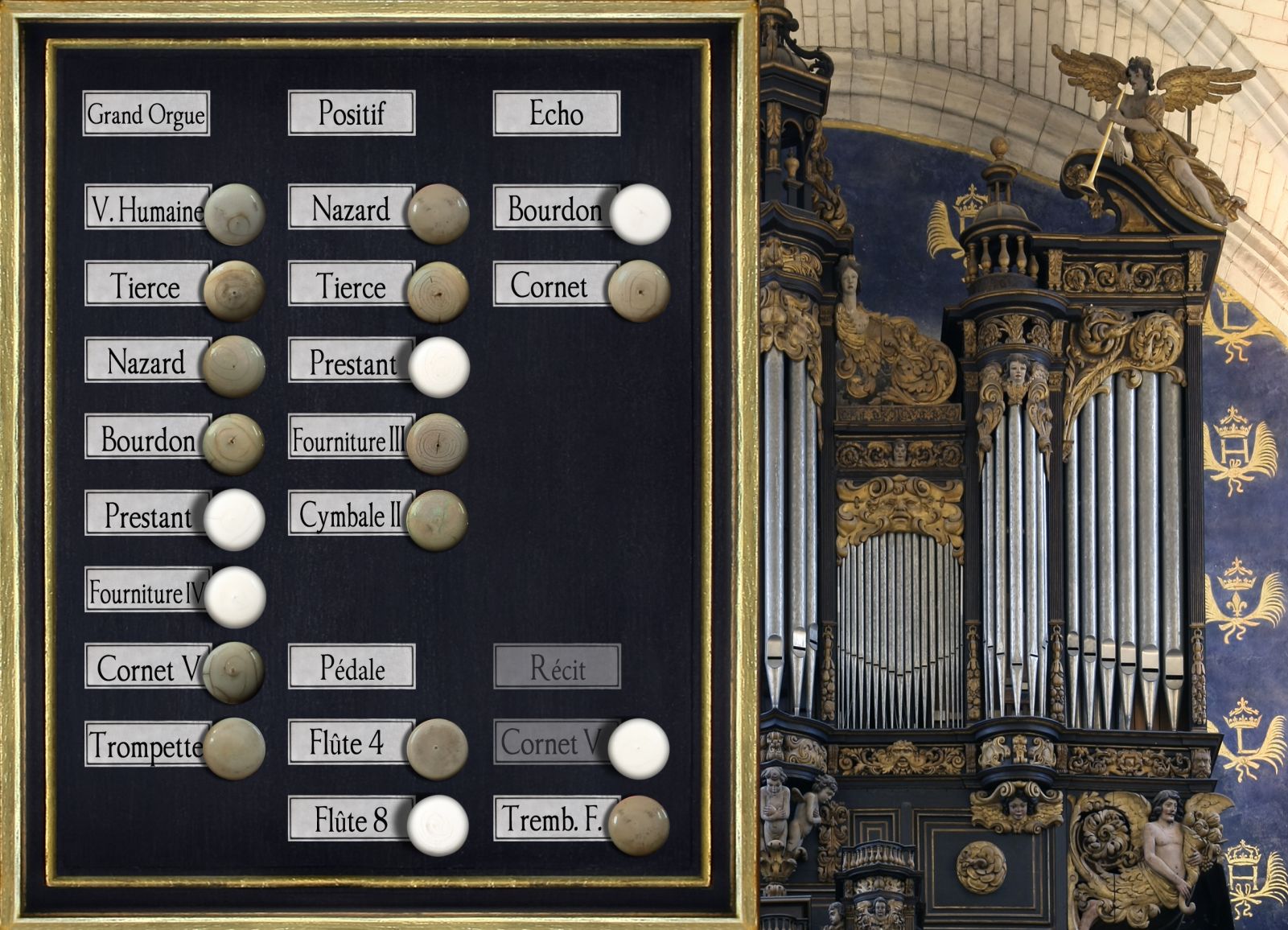
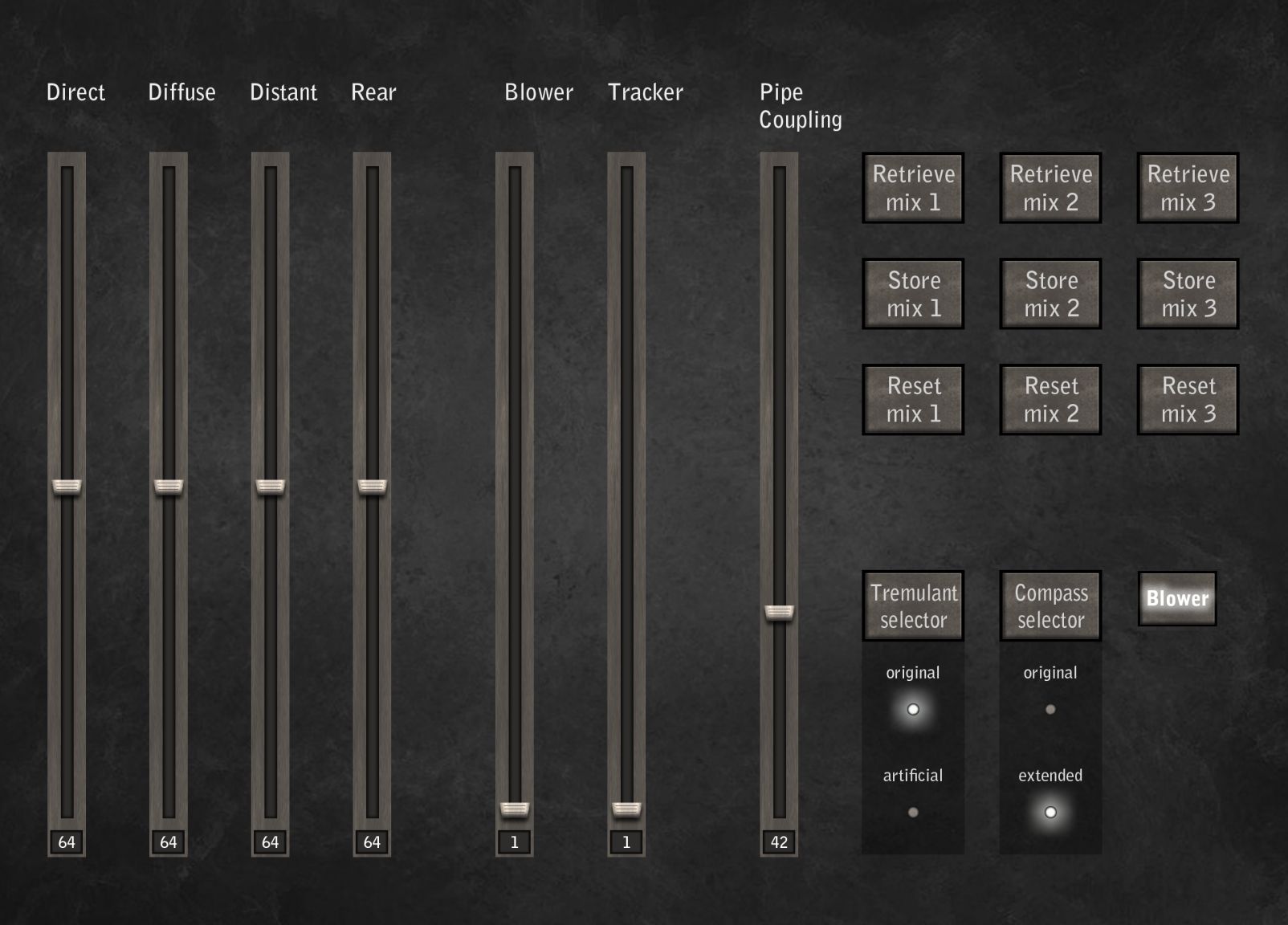
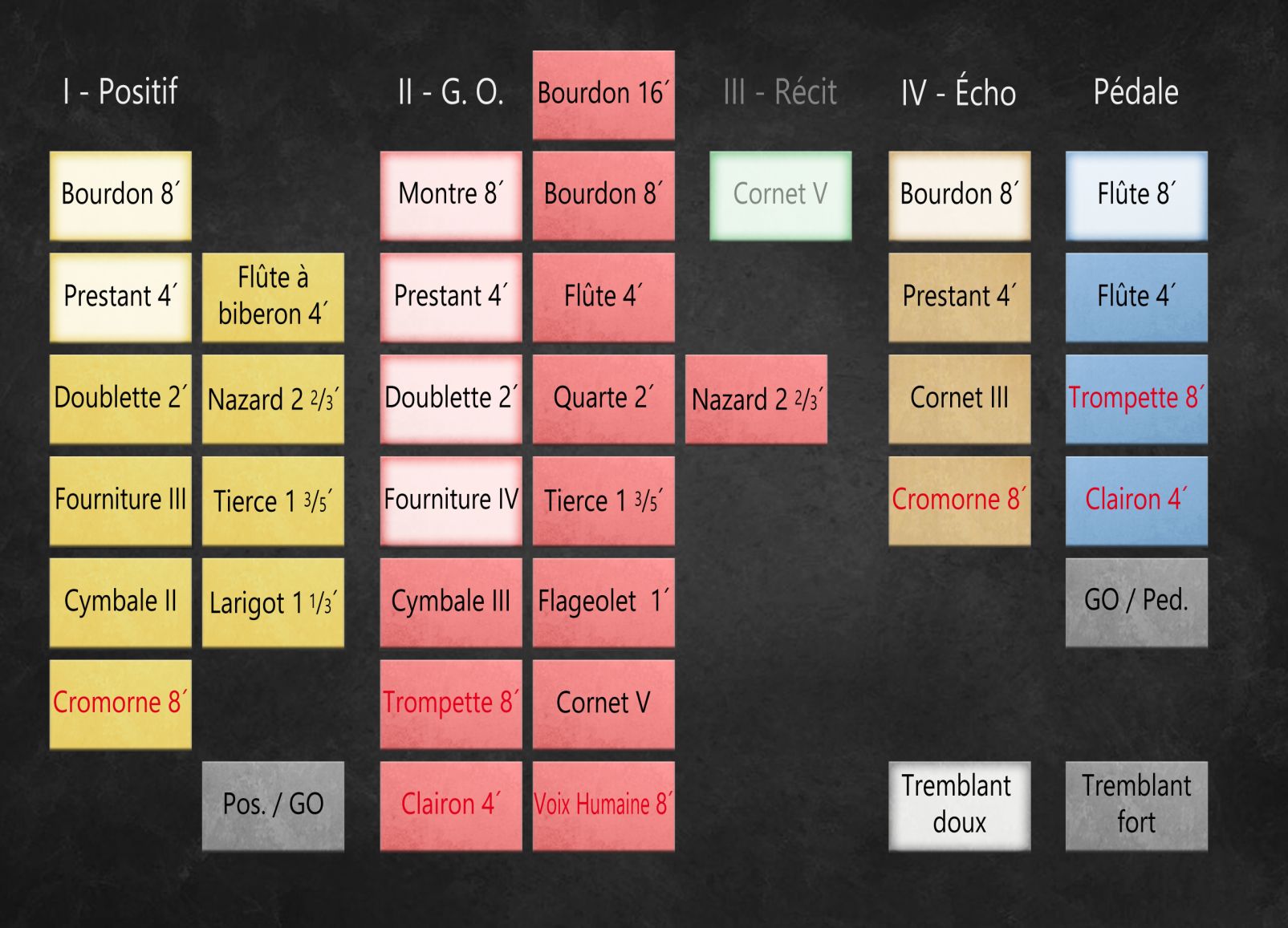
Requirements
Hauptwerk v4.2 and higher supported.
RAM consumption: 8-channel surround
16-bit, other settings default: 34 GB
20-bit, other settings default: 57 GB (recommended)
24-bit, other settings default: 66 GB
RAM consumption: 2-channel (front-direct solo for a wet experience)
16-bit, other settings default: 9.5 GB
20-bit, other settings default: 15 GB
24-bit, other settings default: 17.5 GB
Screen resolution 1280x1024 px or more.
Polyphony of 5500 voices recommended for the full suround (3000 pipes minimum).
This Hauptwerk Sample Set is presented to you by Leonart Studio, an authorised reseller for the manufacturer Sonus Paradisi in Switzerland (shipping internationally). Enjoy this digitally sampled organ library for the use with Hauptwerk software and start expanding your historical organ collection today.
More Hauptwerk Sample Sets
-
Casavant, 1995 [Hauptwerk]
Proveedor:Sonus ParadisiPrecio habitual CHF 174.90Precio habitualPrecio unitario / por -
Reuter, 1928 [Hauptwerk]
Proveedor:Sonus ParadisiPrecio habitual CHF 473.00Precio habitualPrecio unitario / por -
Rotterdam Hoofdorgel, 1973 [Hauptwerk]
Proveedor:Sonus ParadisiPrecio habitual A partir de CHF 330.00Precio habitualPrecio unitario / porCHF 958.10Precio de oferta A partir de CHF 330.00Oferta -
Groningen, 1450-1740 [Hauptwerk]
Proveedor:Sonus ParadisiPrecio habitual A partir de CHF 658.90Precio habitualPrecio unitario / porCHF 1,681.90Precio de oferta A partir de CHF 658.90Oferta -
Goerlitz, 2006 [Hauptwerk]
Proveedor:Sonus ParadisiPrecio habitual A partir de CHF 328.90Precio habitualPrecio unitario / por -
Bückeburg, 1997 [Hauptwerk]
Proveedor:Sonus ParadisiPrecio habitual A partir de CHF 1.10Precio habitualPrecio unitario / por -
Brasov, 1839 [Hauptwerk]
Proveedor:Sonus ParadisiPrecio habitual CHF 418.00Precio habitualPrecio unitario / por -
St. Omer, 1717-1855 [Hauptwerk]
Proveedor:Sonus ParadisiPrecio habitual CHF 323.40Precio habitualPrecio unitario / porCHF 410.96Precio de oferta CHF 323.40Oferta -
Stellwagen organ, St. Marien, Stralsund (1659)
Proveedor:Sonus ParadisiPrecio habitual CHF 858.00Precio habitualPrecio unitario / por -
![Clavichord Model [Hauptwerk]](//artful.shop/cdn/shop/files/ss_clavichord.jpg?v=1724310155&width=533) Agotado
AgotadoClavichord Model [Hauptwerk]
Proveedor:Sonus ParadisiPrecio habitual CHF 33.00Precio habitualPrecio unitario / por

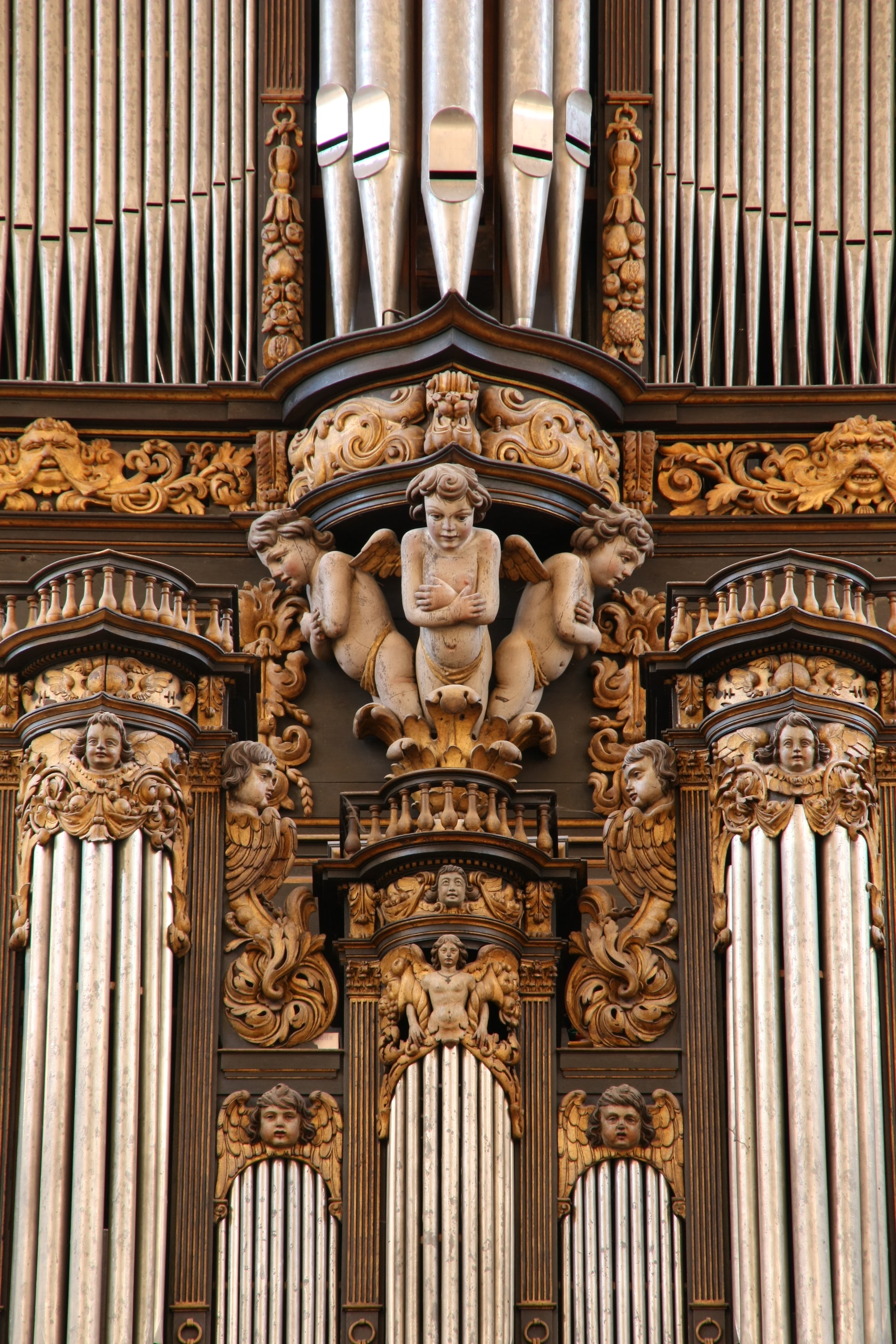
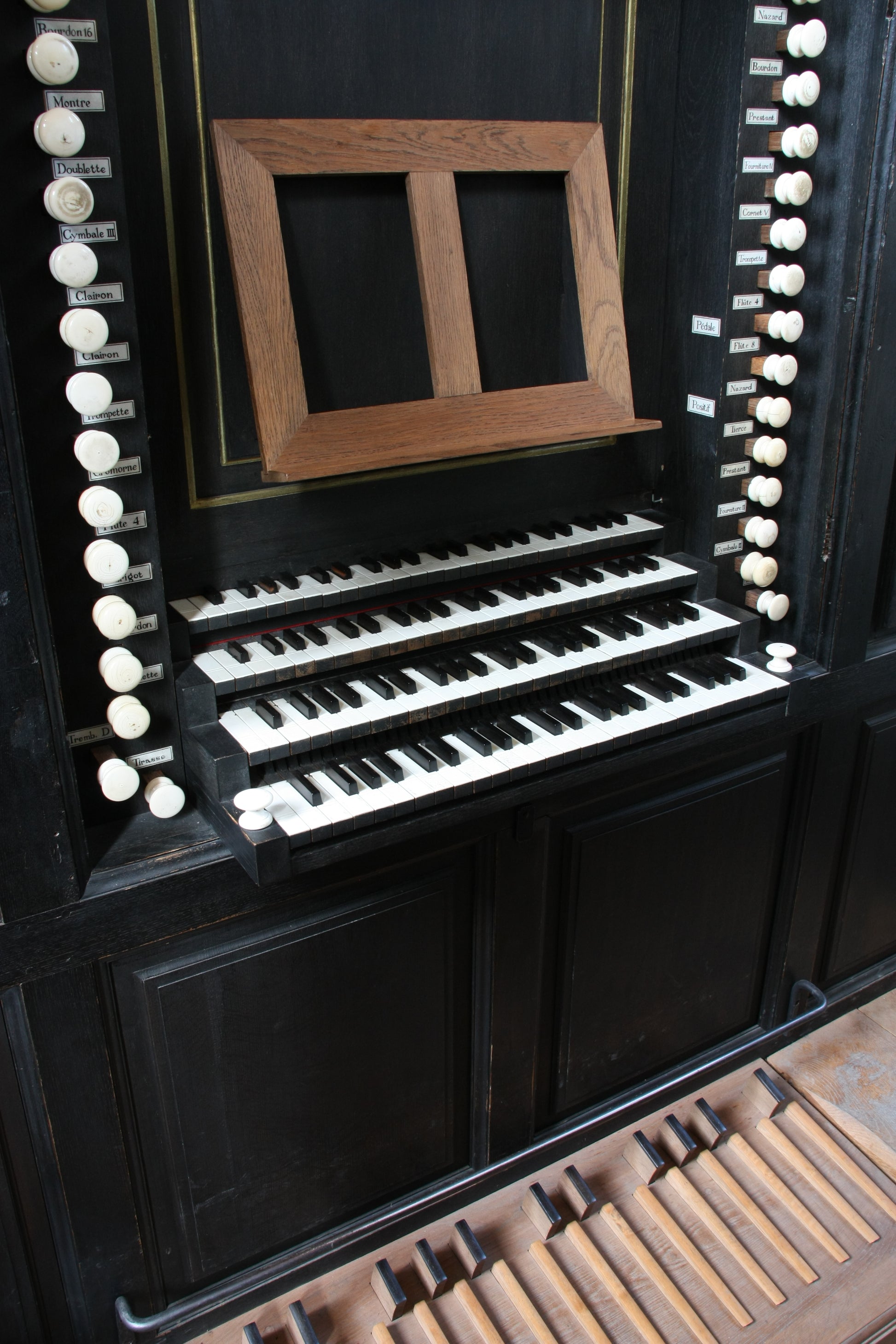
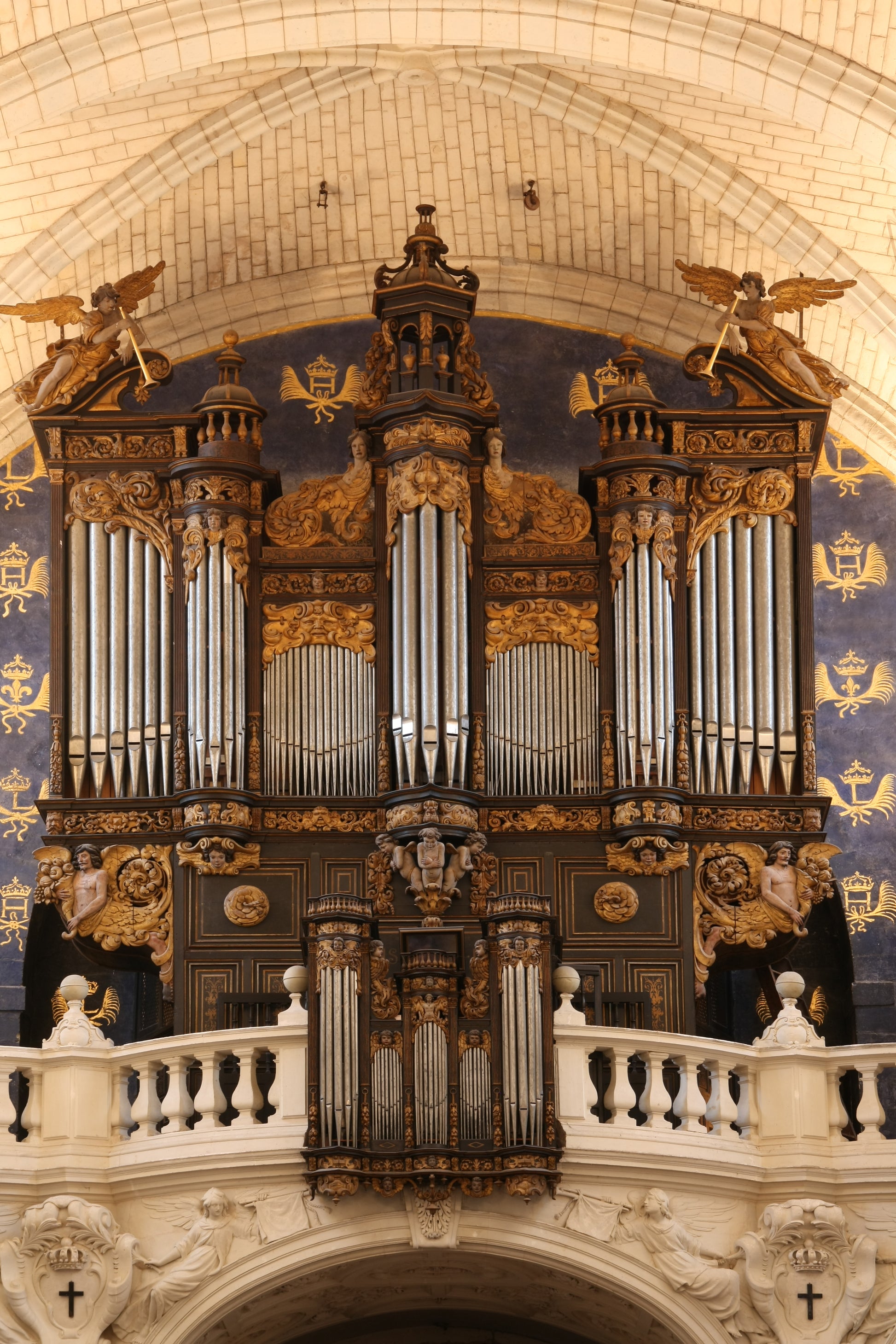
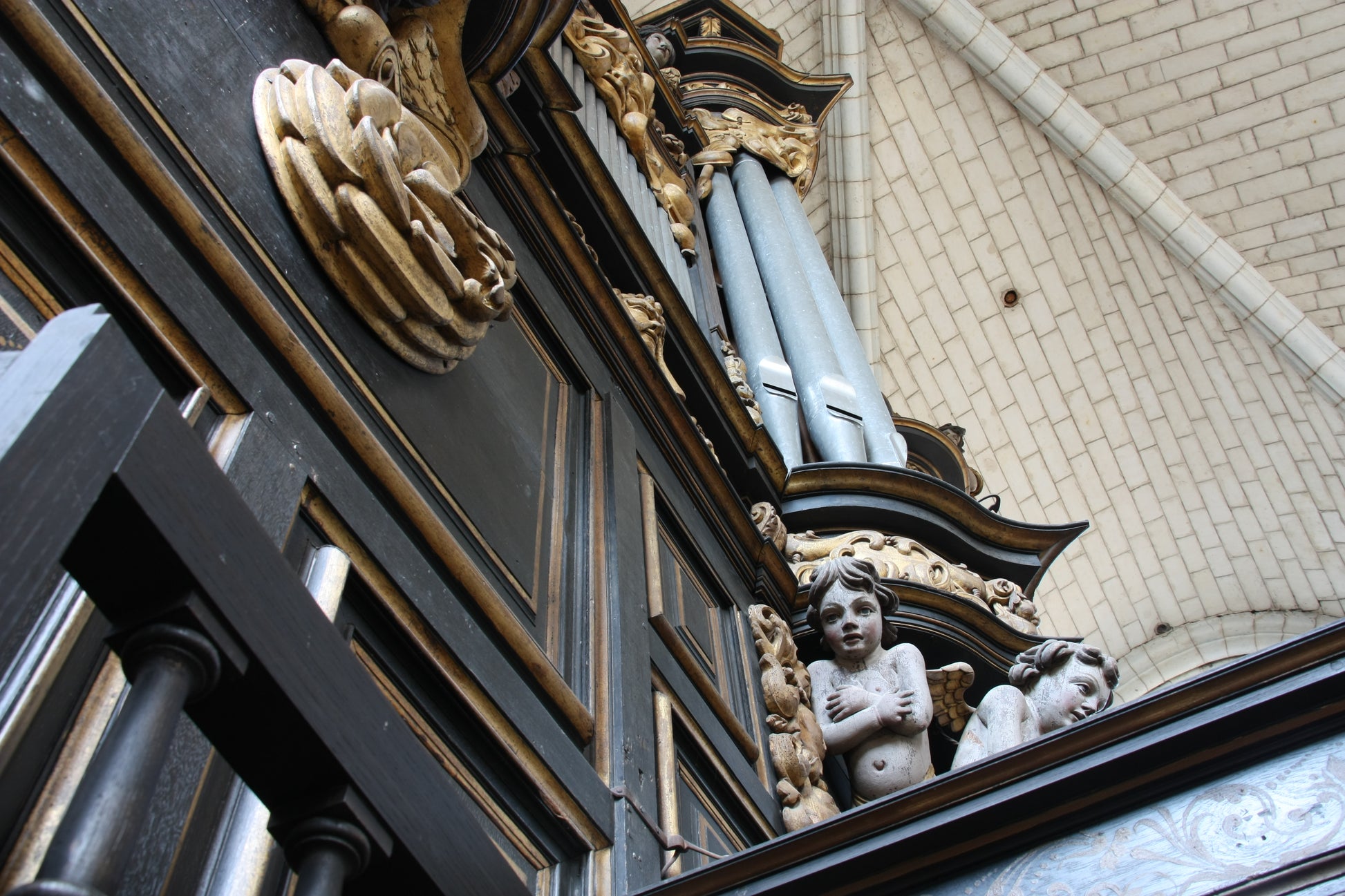
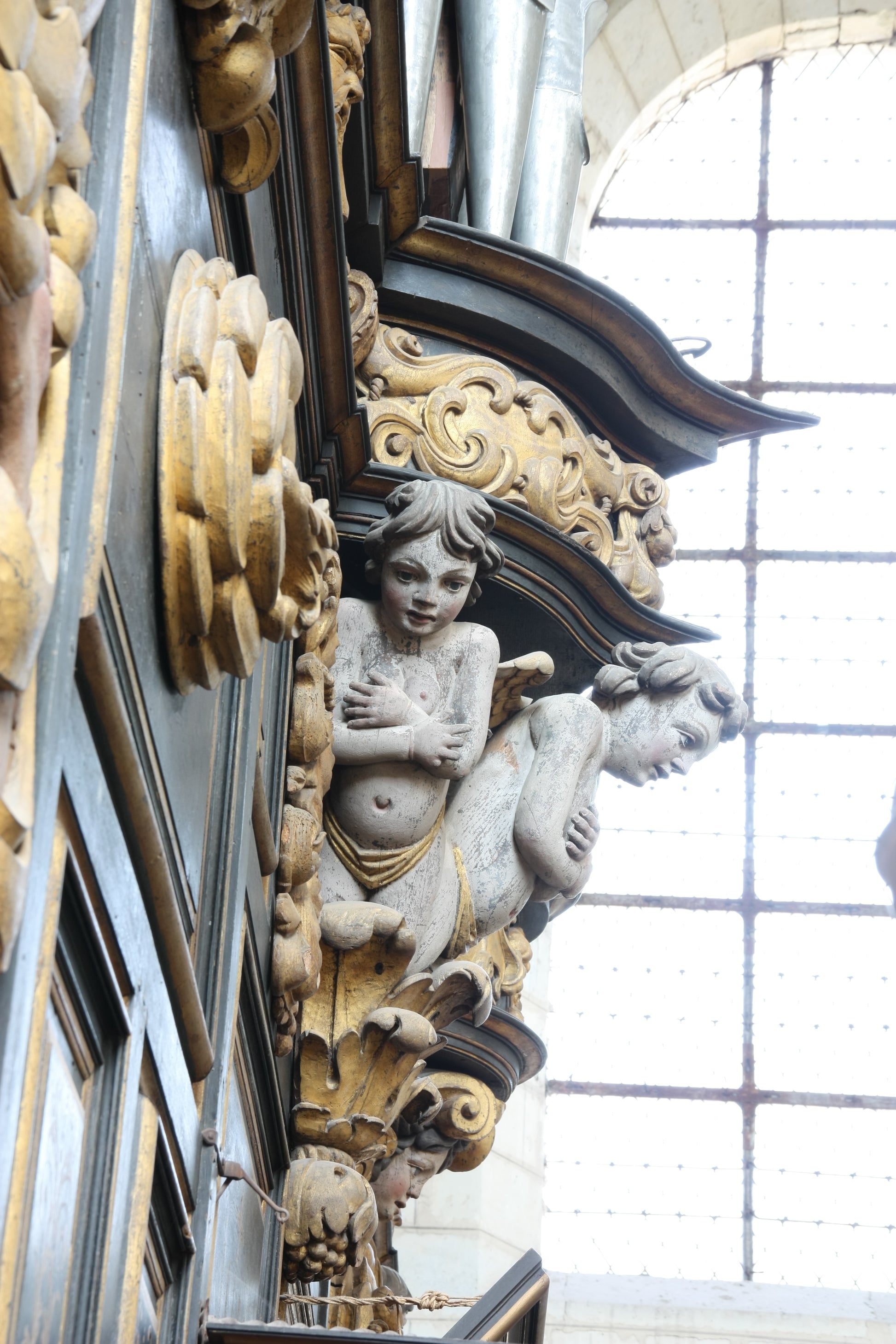
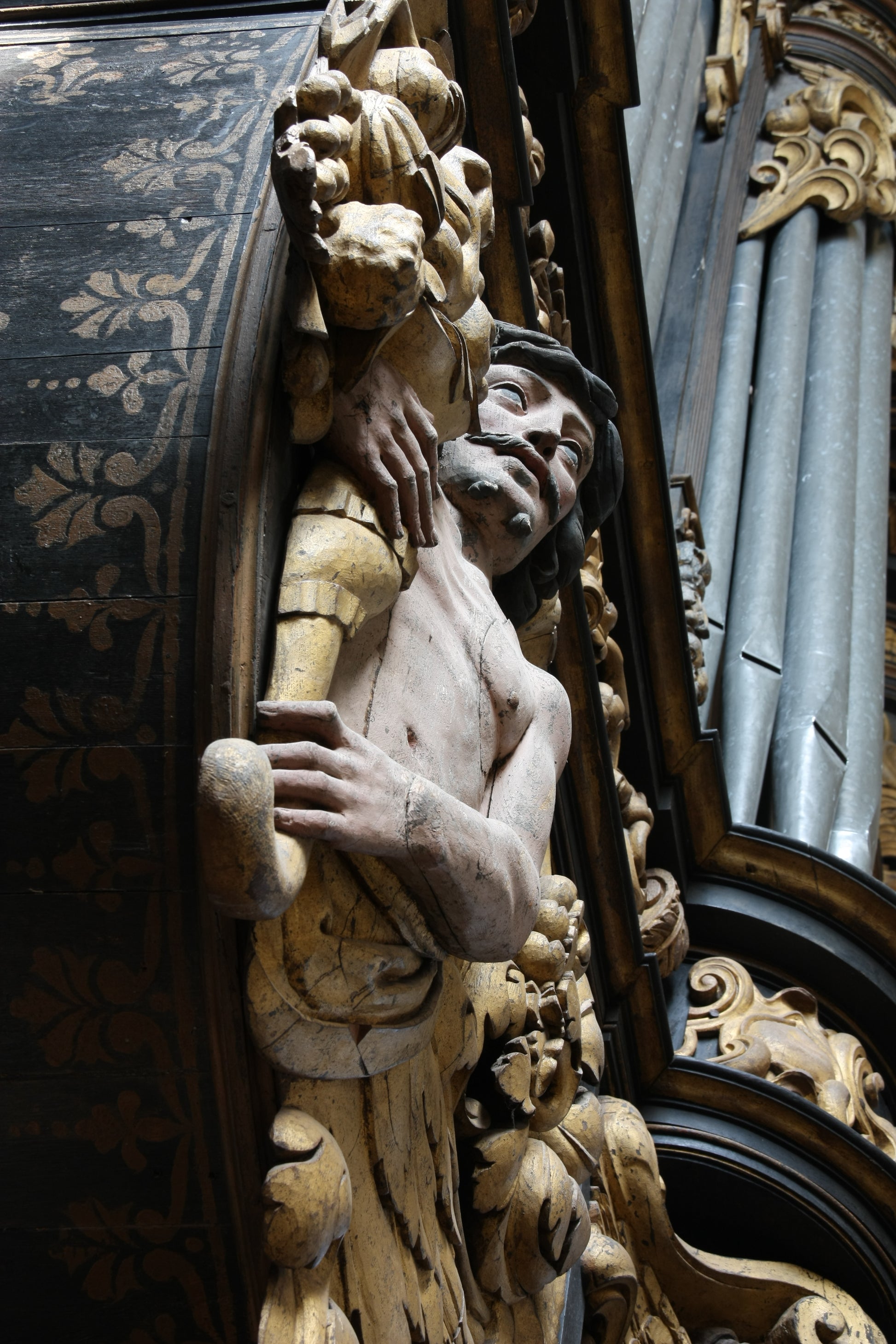
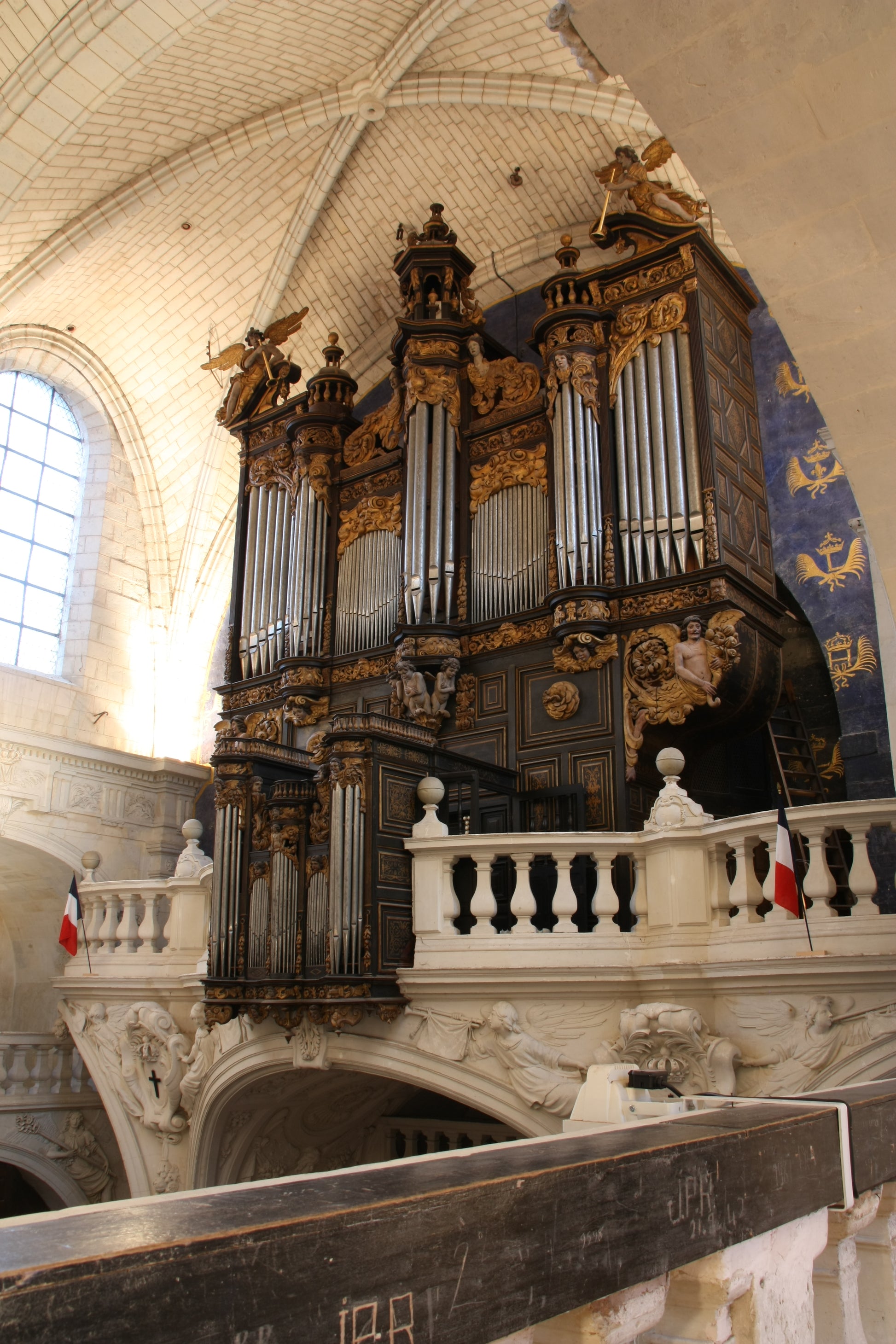
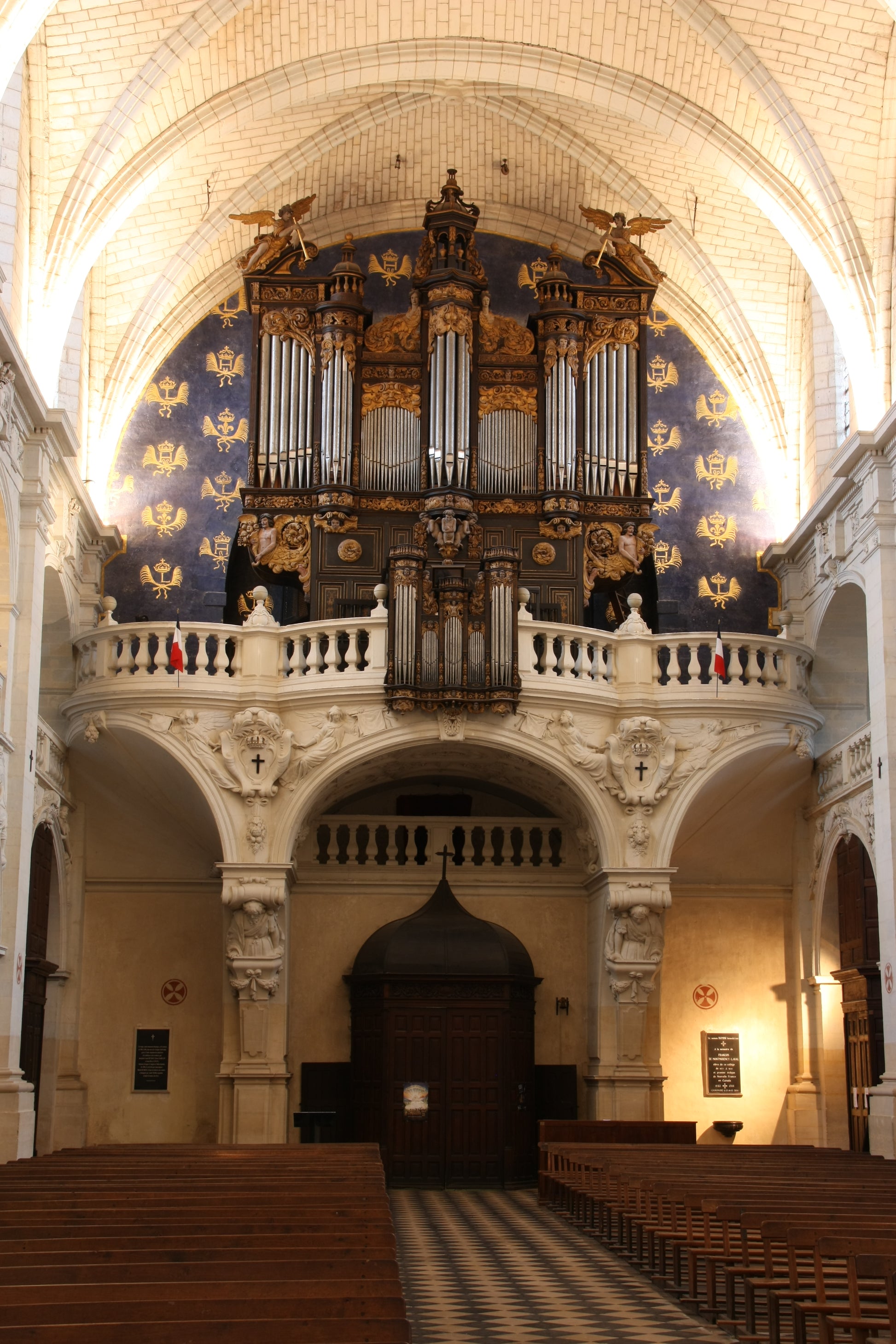
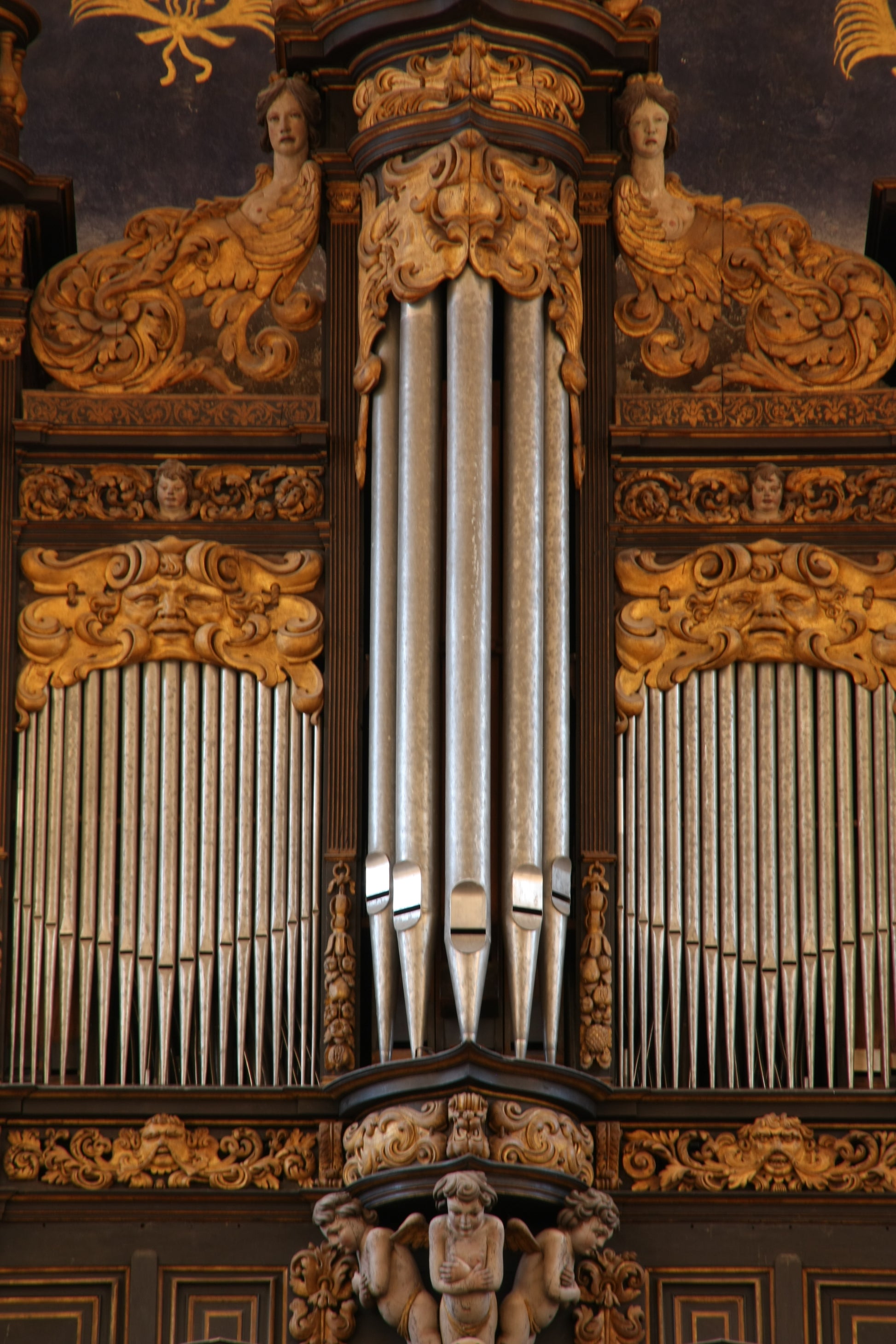
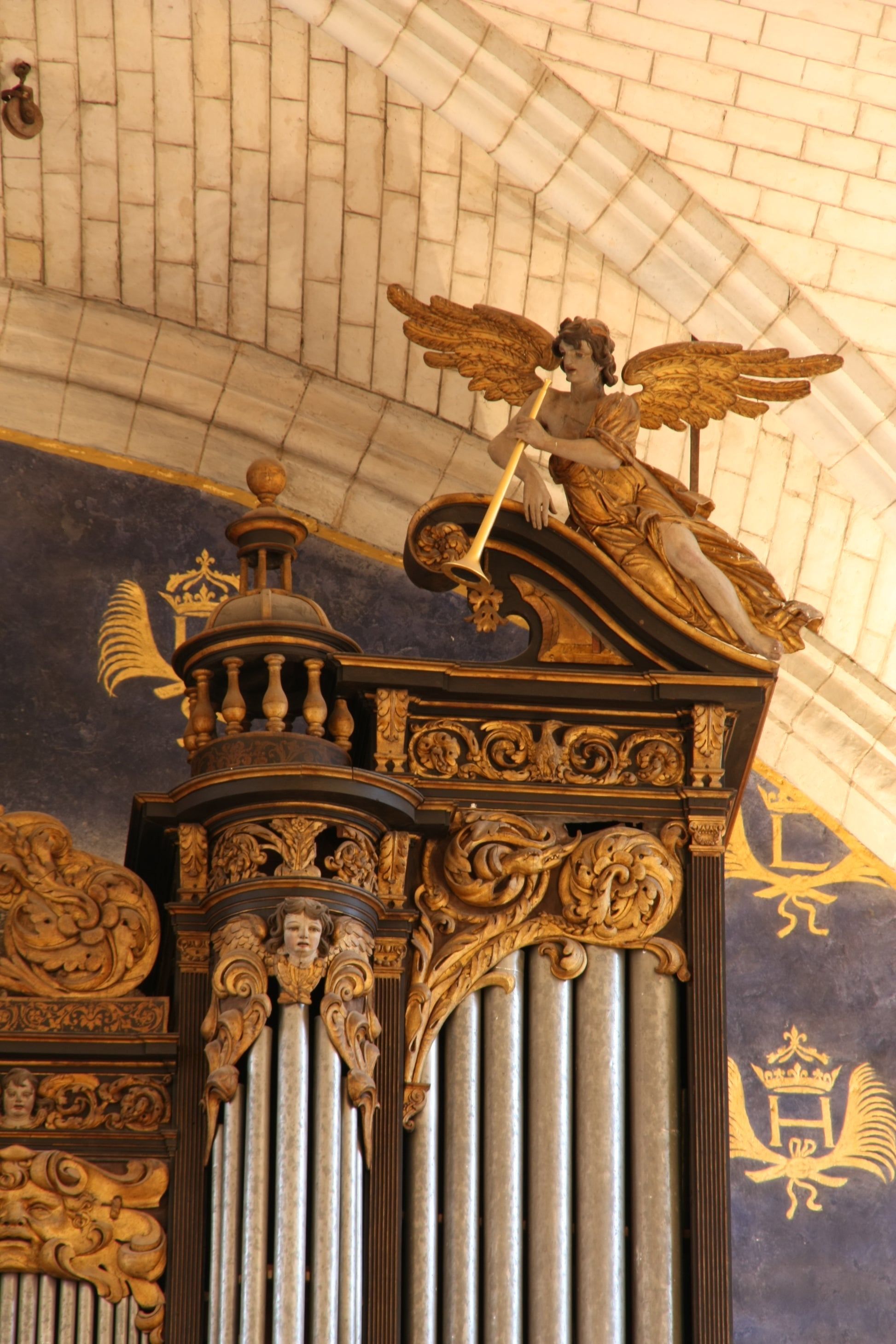

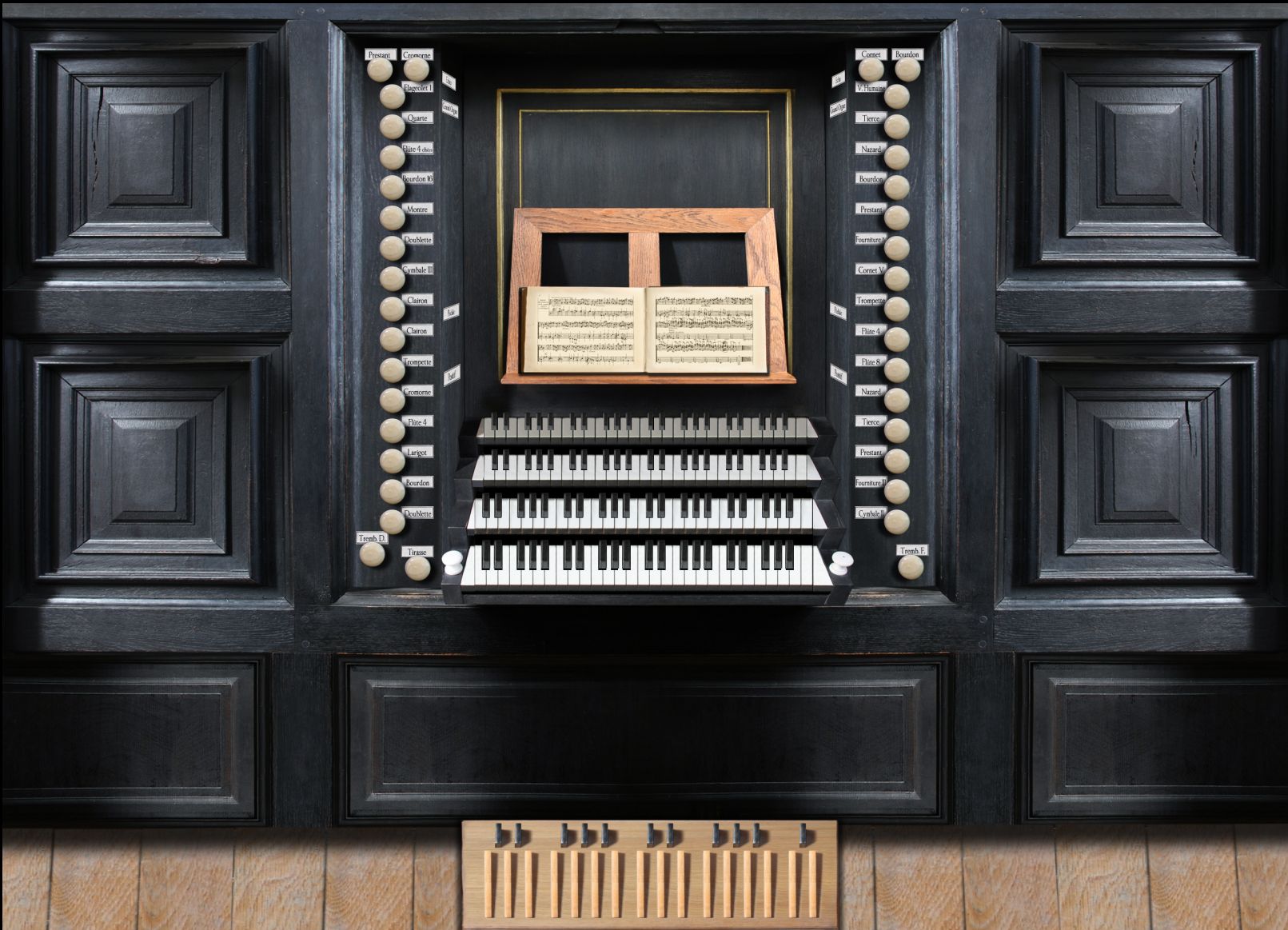
![Casavant, 1995 [Hauptwerk]](http://artful.shop/cdn/shop/files/ss_casavant1.jpg?v=1693319885&width=533)
![Reuter, 1928 [Hauptwerk]](http://artful.shop/cdn/shop/files/ss_Reuter1.jpg?v=1693321024&width=533)
![Rotterdam Hoofdorgel, 1973 [Hauptwerk]](http://artful.shop/cdn/shop/files/ss_RotterdamMain1.jpg?v=1693279529&width=533)
![Groningen, 1450-1740 [Hauptwerk]](http://artful.shop/cdn/shop/files/ss_Groningen1.jpg?v=1693275425&width=533)
![Goerlitz, 2006 [Hauptwerk]](http://artful.shop/cdn/shop/files/ss_goerlitz1.jpg?v=1692995837&width=533)
![Bückeburg, 1997 [Hauptwerk]](http://artful.shop/cdn/shop/files/ss_bueckeburg1.jpg?v=1692967628&width=533)
![Brasov, 1839 [Hauptwerk]](http://artful.shop/cdn/shop/files/ss_brasov1.jpg?v=1692967057&width=533)
![St. Omer, 1717-1855 [Hauptwerk]](http://artful.shop/cdn/shop/files/ss_omer1.jpg?v=1692904128&width=533)
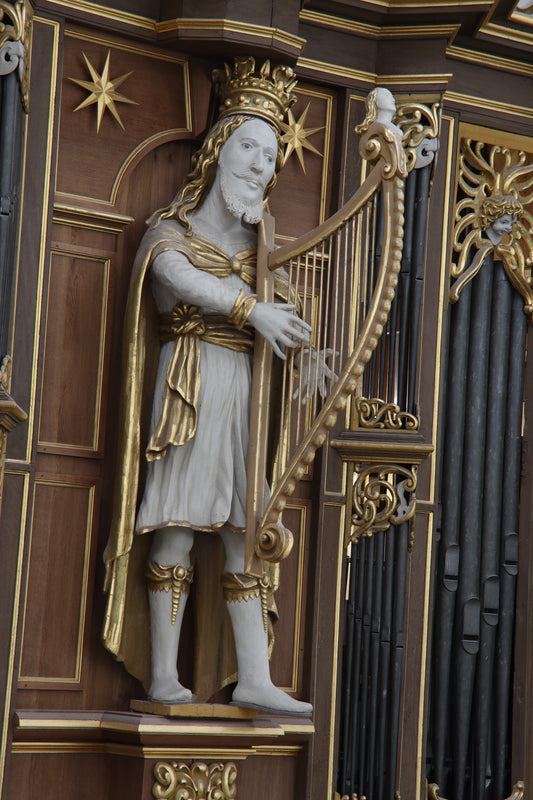
![Clavichord Model [Hauptwerk]](http://artful.shop/cdn/shop/files/ss_clavichord.jpg?v=1724310155&width=533)